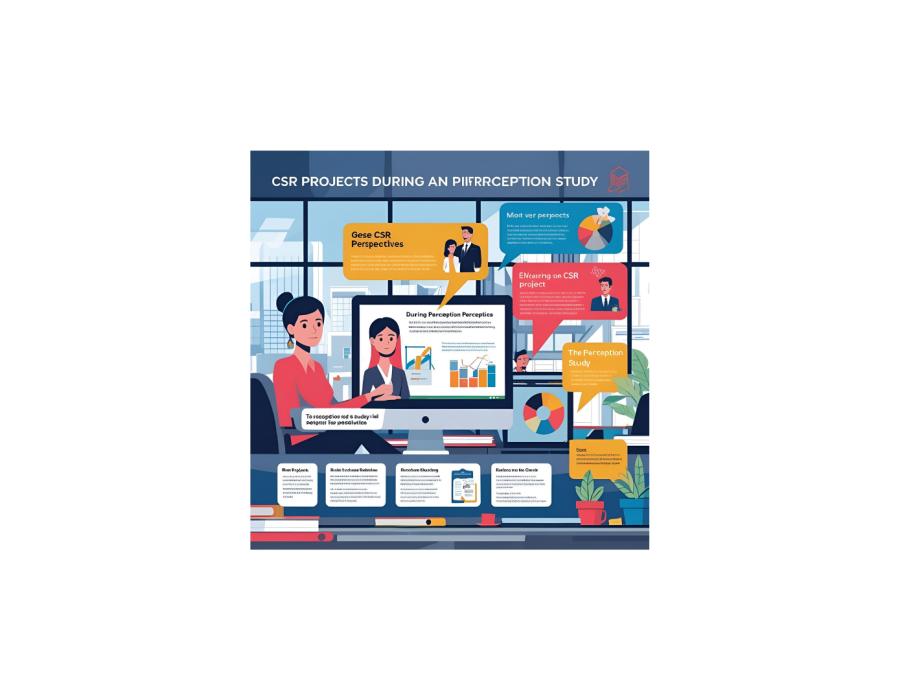Corporate Social Responsibility (CSR) has become a pillar of purpose-driven business. But while companies invest heavily in social programs, many overlook one critical component: understanding how the community perceives their efforts. That’s where a perception study for CSR projects comes in—a tool that can unlock deeper impact, stronger engagement, and better results.
What is a Perception Study?
A perception study is a research tool that measures how various stakeholders—beneficiaries, partners, and even employees—feel about a CSR project. It moves beyond traditional KPIs and impact reports, diving into public opinion, sentiment, and relevance.
Benefits of Conducting Perception Studies in CSR
1. Improves Community Relevance
Just because a project is well-funded doesn’t mean it meets the real needs of the community. Perception studies help ensure CSR aligns with on-ground expectations.
2. Enhances Transparency and Accountability
Sharing community feedback in CSR reports promotes transparency, which boosts credibility with regulators and stakeholders.
3. Encourages Two-Way Dialogue
Perception studies create channels for ongoing communication, allowing beneficiaries to voice their concerns, suggestions, and needs.
4. Helps Measure CSR Effectiveness
Are your programs delivering more than outputs? Feedback from perception studies adds a layer of qualitative evidence to your impact assessment.
How to Conduct a CSR Perception Study
1. Set Clear Objectives
What do you want to find out—awareness levels, satisfaction, trust, or long-term impact?
2. Design Smart Questionnaires
Use simple language and culturally relevant terms. Include both scale-based and open-ended questions.
3. Choose the Right Tools
Digital surveys, phone interviews, or in-person focus groups? The format depends on literacy levels, internet access, and cultural context.
4. Collect and Analyze Feedback
Use platforms like Google Forms or specialized tools such as SurveyMonkey and KoboToolbox to organize and analyze responses.
5. Act on Insights
Don’t just collect feedback—use it. Update your CSR strategy, improve communication, and loop back with communities to show what changed.
Real-World Insight
In Maharashtra, an automotive company conducted a perception study after launching a vocational training program. While enrollments were high, job placement was low. Feedback showed that course content didn’t match market demand. The curriculum was revised—and job placement doubled in six months.
Conclusion
CSR is not only about doing good—it’s about being seen as doing good. A perception study for CSR projects ensures that your efforts are not only effective but also appreciated. When you listen to the people you serve, you create stronger bonds, better results, and sustainable impact. In the CSR journey, perception is power—and that power begins with asking the right questions.
Source Url : https://kahkaham.net/read-blog/106684_why-every-csr-project-needs-a-perception-study-a-roadmap-to-real-impact.html





Comments